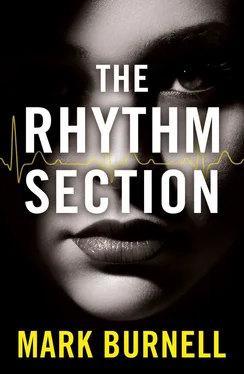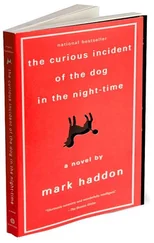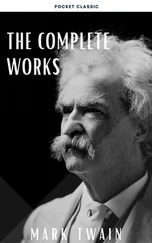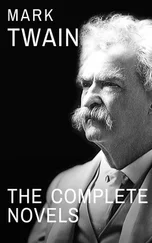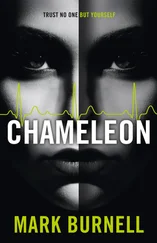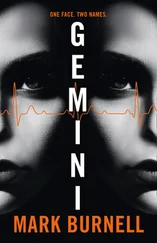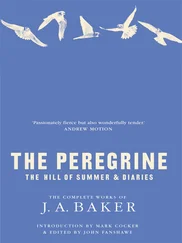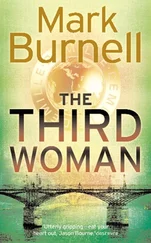Interestingly, those from the intelligence community whom I have subsequently met are often more interested in the fact that I reference Osama bin Laden in The Rhythm Section . I have always found this surprising for two reasons: firstly, bin Laden is only referenced once in the novel, and rather briefly at that; secondly, although he had yet to become a household name, bin Laden was already an established and recognised terrorist entity by 1997.
The Rhythm Section was researched and written in my own pre-internet era. As a technological late adopter, I didn’t use the internet at all during the preparation of the novel. Planning was done the old-fashioned way, collating material from books and articles. It’s a method that has served me well and which I still prefer. Although I use the internet now, I still require alternative verification for research. To mis-paraphrase a quote: ‘Google will provide you with a thousand answers. A library will provide you with the correct answer.’
I always travel to the locations in which my novels are set. Again, the internet is a useful starting point and can certainly reduce the amount of time spent scouting locations. But it cannot be a perfect substitute. Authors who are over-reliant upon on the internet run the risk of getting found out and that is a serious flaw for a thriller, where the suspension of disbelief is critical. The better the research, the more likely you will be able to take the reader with you. To remind me of this, I keep a terrible novel on a shelf in my office as a permanent warning of all the pitfalls that a thriller writer needs to strive to avoid: lack of character development, an over-reliance on plot, an overly contrived plot, any form of cliché, bad dialogue, to name but a few. This novel was a huge international bestseller and comfortably one of the worst books I have ever read. Its presence in my office, and the fact that is so awful yet sold so well, serves two purposes – firstly, as a constant reminder to be vigilant, and, secondly, to remind myself that the true taste of the public is ultimately unknowable and that the Gods that govern writing are capricious.
The Rhythm Section is written almost exclusively from the perspective of its central character, Stephanie Patrick. This was a proactive choice that was made much easier by the decision not to dwell too much on the characters of the terrorists. In almost everything I have ever read, heard or seen, it is striking how screamingly tedious most terrorists appear to be. They are voids, character replaced by incoherent rage or dogma, often spoon-fed rather than self-generated. Nothing in them is original. I see a similarity between the type of individual who becomes a suicide-bomber and the lengthening list of men who rampage through American schools armed with assault rifles. What unites them is their extraordinary solipsism. They dehumanise their victims because they lack empathy, a key marker for psychopathy. With a suicide-bomber or a school-shooter, it’s never really about the cause or the grievance. It’s about them. Hey, look at me. Please, just for a second…
Their empty lives are given relevance for a fleeting moment, although the increasing frequency of such events inevitably dilutes and diminishes even that. I wonder whether there may be a societal connection between the increase in American school slaughters and the rise of the age of the selfie. Suicide-bombers, after all, have often resorted to narcissistic pre-recorded messages which, while chilling to watch, are also pathetic and empty, generally leaving a lasting impression that they are the calling cards of the perennial loser.
Originally, the central character in The Rhythm Section was going to be male. This decision was more of a lazy default than a considered choice. Yet, looking back, I am convinced there must have always been some part of me that knew the character should be a woman. I have no recollection now of whether I ever ascribed a name to this male character. I don’t remember anything about his background. Perhaps that is the point: he was going to be central to the story whereas Stephanie is the story. Tellingly, when the central character was going to be male, I was focused on the plot. Once Stephanie assumed that role, I was focused on her and the plot evolved around her.
A lot of writing is procedure – planning, execution, revision – but occasionally one has a ‘eureka’ moment. And so it was with Stephanie. Once I committed myself to a female central character, Stephanie arrived fully formed, almost instantaneously. This I remember clearly. She came with a look, an attitude and a well-defined background. Most significantly, she had a name. I never considered other options. She was always Stephanie Patrick and that name represented to me everything that she was. Even the sound of it seemed to embody somehow the crystallisation of all that she was before The Rhythm Section begins, and of everything she then becomes.
If Stephanie’s greatest asset is her intelligence, her greatest flaw may be her temperament. She is difficult, spiky. She is prone to a quip when silence would be better. She’s got a smart mouth on her that can get her out of trouble, but no more frequently than it lands her in trouble. Academically gifted, she was rebellious at school just because…
Having played the part of the teenage rebel within the secure and nurturing environment of her family, her life is then ripped apart and, for all her superficial toughness, she is utterly incapable of dealing with it. By the time the novel starts, she is physically and emotionally ruined and, to a large degree, it’s self-inflicted.
This is a constant theme in Stephanie’s evolution; she may be appalled by her own behaviour and choices but she is no fan of self-pity. She is searingly honest about her weaknesses and the poor decisions she makes. She would love to be loved but can’t see how that could happen. Or that she deserves it. When she falls for someone she can never really do it completely: total trust is just too great a leap for her. Stephanie is a woman within whom there is a perpetual state of emotional civil war.
I am pleased to have been given the opportunity to write this introduction to The Rhythm Section since Stephanie will very soon cease to exist as a purely literary character. At the time of writing, filming is underway for a screen version of The Rhythm Section . The novel has been under option constantly since it was first published in 1999 and the wait has, at times, been very frustrating. For many years, I was convinced the film would never be made. But the team that has now been assembled to change that is so gifted that I can say, in all honesty, it’s been worth the wait. Blake Lively stars as Stephanie and her performance is just mesmerising. It has exceeded everything I had hoped for and anything I had to a right to expect.
A film is a collective effort and I would like to thank the many talented people who have worked on The Rhythm Section . Few, if any, authors have been better served by cast and crew. The public face of this film is most definitely female; producer Barbara Broccoli, director Reed Morano and Blake herself are a deeply impressive trio and it feels totally appropriate that they should bring Stephanie to the screen. She would definitely approve!
Mark Burnell, September 2018
Outside, the temperature hasreached –52°C. Inside, it’s a constant 23°C. Outside, there is speed. Inside, there is stillness. Outside, the air pressure is consistent with an altitude of thirty-seven thousand feet. Inside, the air pressure is equivalent to an altitude of six thousand five hundred feet. Made from aluminium and assembled near Seattle, the dividing line between these two mutually hostile environments is just two millimetres thick.
Читать дальше
